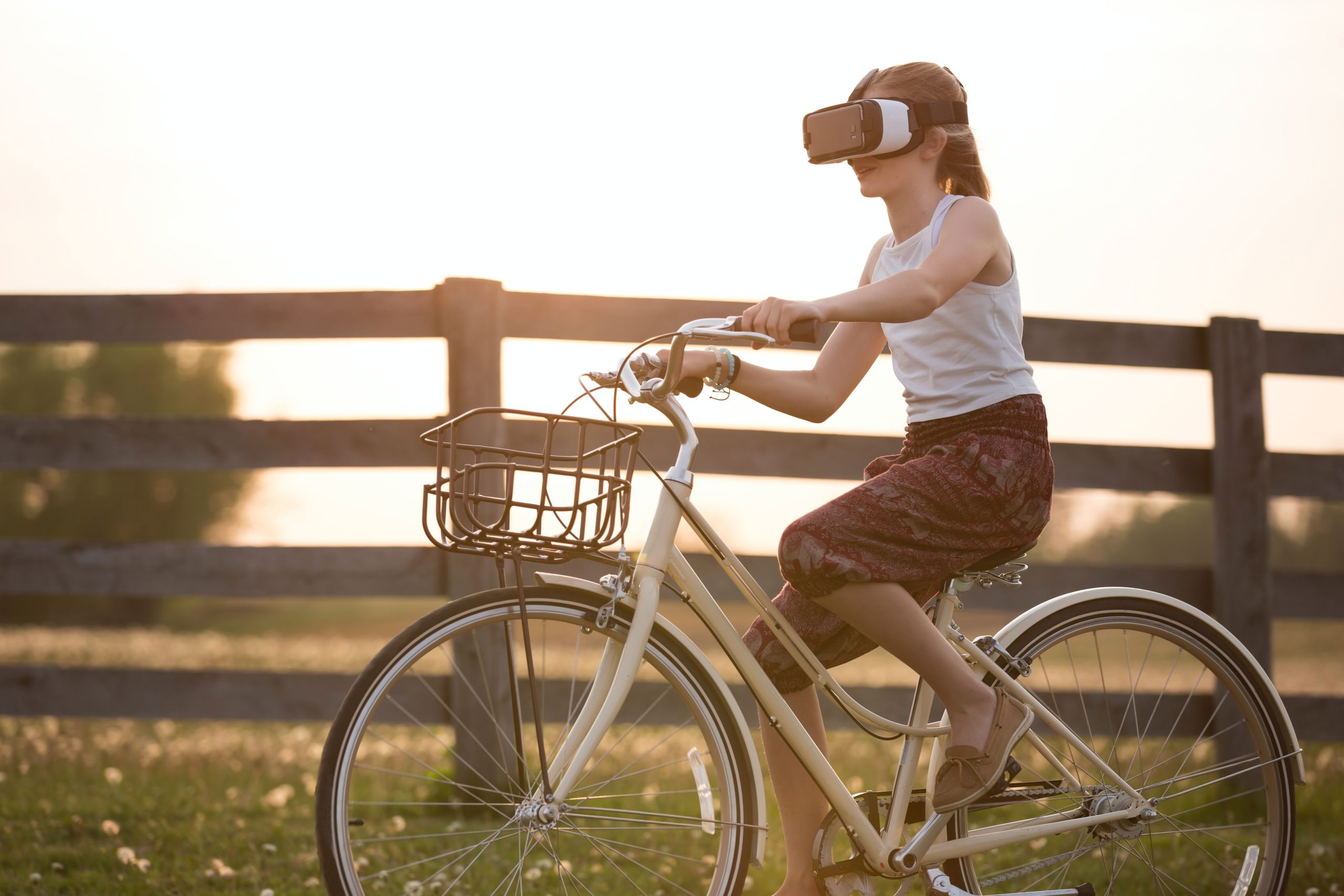Can virtual reality truly replace vacations? Or to be precise travel?
Is it possible to experience deep emotions and personal connections while traveling in VIRTUAL TRAVEL?
Well, the answer to all this is yes, and the pandemic has helped us explore this aspect even more. Many people dream of visiting Germany’s fairytale-like Neuschwanstein castle, the Republic of Ireland’s stunning Cliffs of Moher, or the Maldives’ pristine waters.
The Covid-19 pandemic has put an end to plans for these and other international trips in 2020.
Around the world, once-popular tourist destinations are now deserted, with hotels empty and not a single tourist in sight.
In the absence of visitors, tourism boards, hotels, and destinations have turned to virtual reality (VIRTUAL TRAVEL), a relatively new technology, to keep potential visitors interested and prepare for the long road to recovery.
What began as a temporary stopgap measure for many may now be a long-term tool. According to the Latest data, travel will not return to pre-pandemic levels until 2024.
Traveling is all about having a good time.
Virtual reality, in a similar way, is about new sensations, new environments, and new ways to interact with virtual worlds and situations.
It’s no surprise that virtual reality has taken the tourism industry by storm.
Let’s make it simple by understanding one illustration
You want to go whale watching.
Only the thought of being surrounded by bright and transparent blue water, next to the largest animal alive, gives you a sense of excitement and happiness.
At the same time, you have a fear that you won’t be able to cope with this experience, and it all seems too much.
However, if you could test the environment before leaving, you would be better off.
And that’s where virtual reality steps in.
With everything stated above, it comes as no surprise that many platforms are emerging as one of the rare entities to embrace Virtual travel technology.
The truth is that the Virtual travel world creates authentic experiences through vivid imagery and sensory stimulation.
Furthermore, complete immersion in new surroundings can lead to a deeper understanding. After all, being able to experience something firsthand means more than simply reading about it.
This is how VIRTUAL TRAVEL can create the sensation of ‘being there’ or ‘presence.’
To be precise around 72% of travelers find virtual travel helpful while choosing their next destination.
Do you still doubt the fact that virtual travel is the future of tourism?
I have got more reasons to satiate your quest.
The commodity is what people like about VIRTUAL TRAVEL in travel.
Simply put, it referred to in-flight entertainment.
This can help to alleviate boredom and even prepare you for your new location.
On the other hand, virtual reality can help to protect parts of the world that are no longer accessible to tourists or will never be (due to locals or nature).
Furthermore, it can assist overcrowded cities, such as Venice, in easing the strain on their infrastructure.
Also, VIRTUAL TRAVEL can help people get to remote areas easily, and it can even help people with disabilities get to new parts of the world or better prepare for their travel adventure.
This brings us to the main advantage of VIRTUAL TRAVEL in the tourism industry: selecting a destination.
To summarize, VIRTUAL TRAVEL is on the rise and, based on current trends, it shows no signs of slowing down.
As a result, every industry, particularly the tourism industry, should find a way to use VIRTUAL TRAVEL in a way that benefits its customers the most.
VIRTUAL TRAVEL is unquestionably here to change the way we travel, have fun on the plane, and even assist us in selecting our lodging and destination.
VIRTUAL TRAVEL can be used to entice us to move even more.
Will it, however, ‘replace’ travel?
It will be interesting to see what happens.
After all, technology advances daily, and we will most likely be able to climb Everest and dive deep into the ocean from the comfort of our own homes in no time.
But whether or not that will be enough to quell our desire to get out and explore for real remains to be seen.
